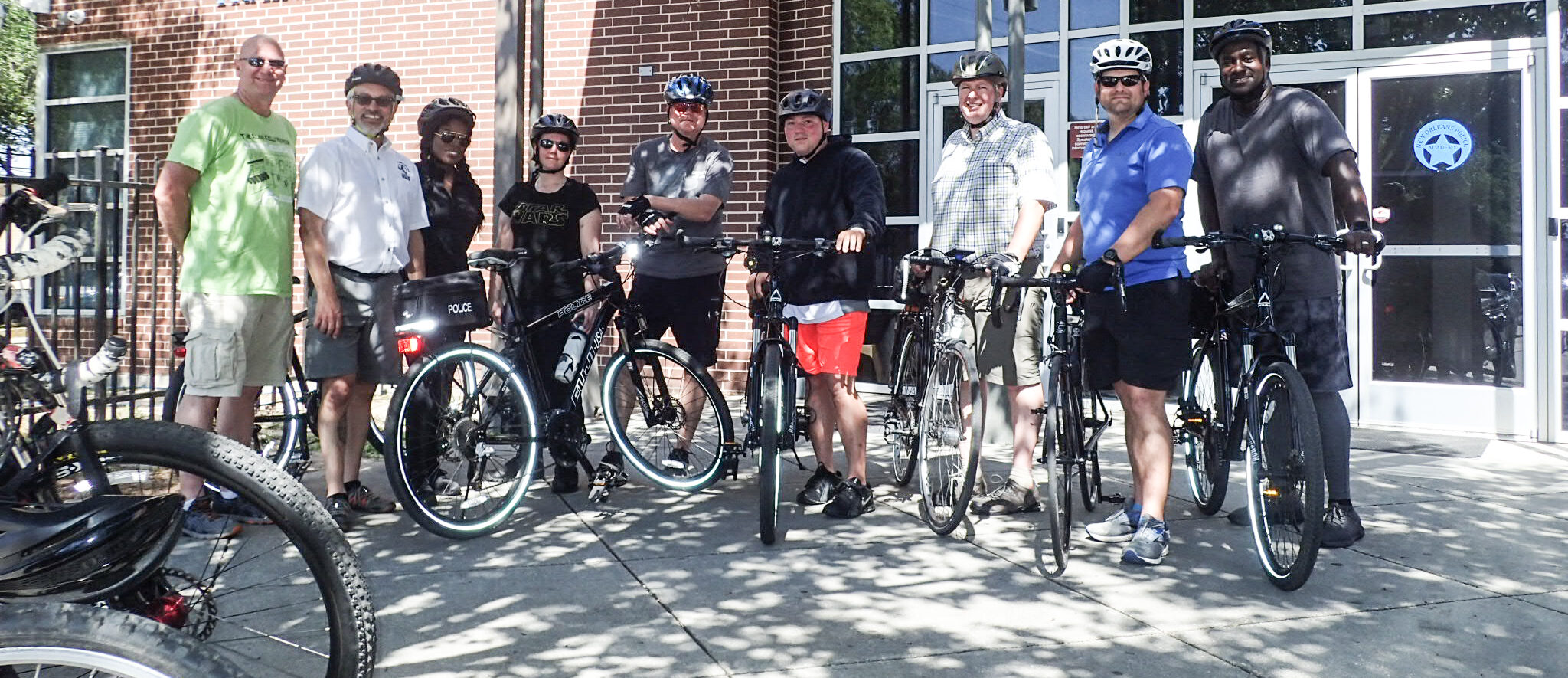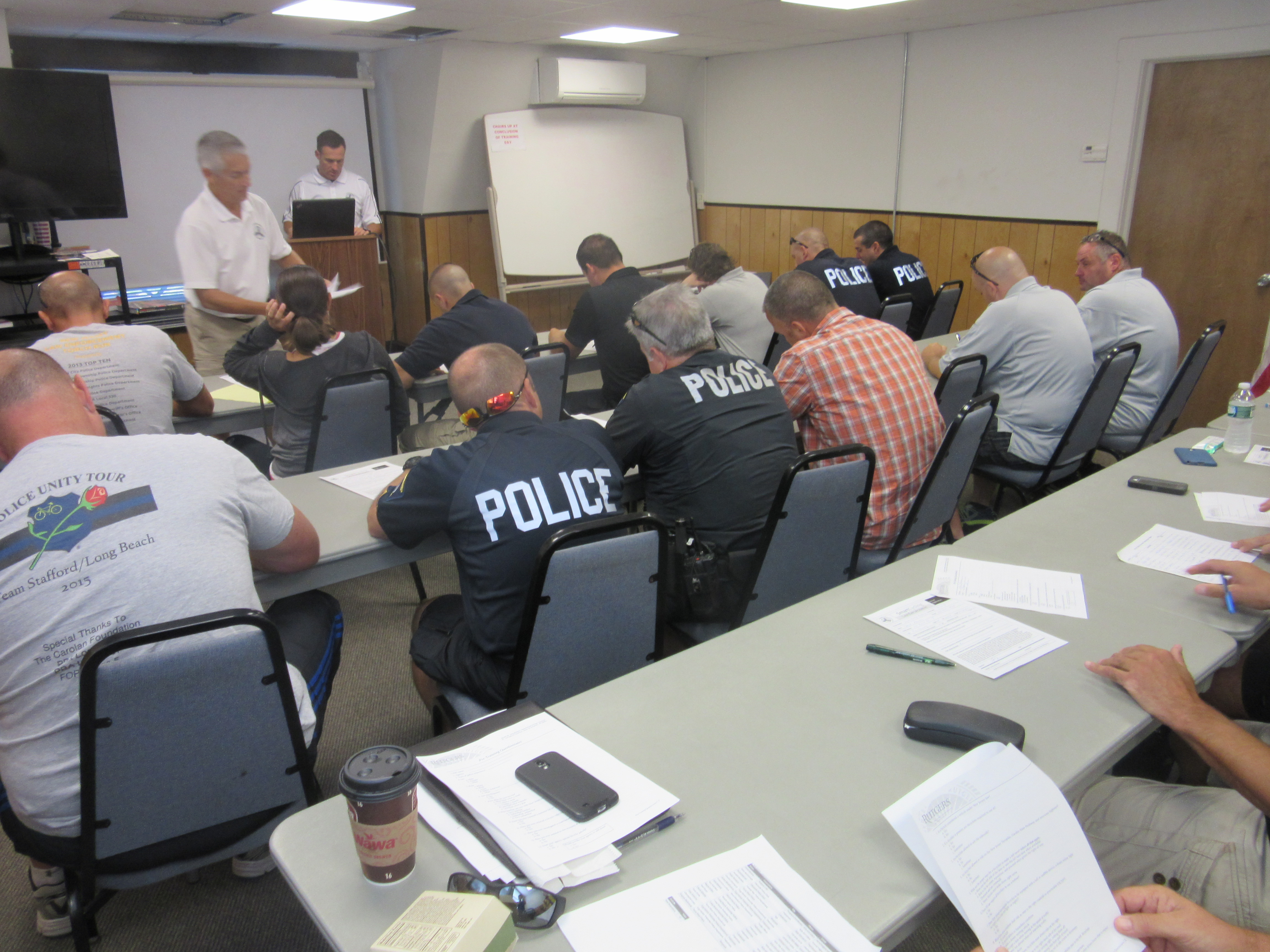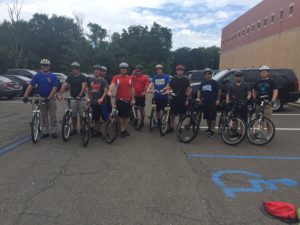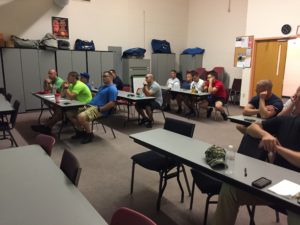Frustration
As I’ve done for the last several years, I worked with folks to schedule training classes for police officers. This year, they were scheduled in Alabama, Louisiana and New Jersey. The New Jersey sessions were successful; seven groups of officers, from multiple municipalities all across the state participated with great, thought-provoking ideas and discussions in each. In Alabama (one session only), the officers of one agency in a town that sees many bicyclists daily, learned a lot about how and why bicyclists and pedestrians act in certain ways, and we discussed what the law really says versus what many people think it says about the rights and duties of road users. The chief of police in that agency already wants to schedule another session. I’ll be heading back in the fall.
Louisiana, though, was a different story. Sessions in three parishes were scheduled for July. A fourth had been promising to get me and the course into their academy to work with new recruits. I was excited to be able to work in my home state since Louisiana is a focus state under the federal guidelines…that means that the number/rates of injuries and fatalities is higher than most states. Pardon my bluntness, but that means that yes, we’re doing a better job of injuring and killing road users than most other places in the country. What happened? Even with registration open for several weeks I had ZERO registrants for any of the sessions. Another region tried to get a session scheduled. We offered several dates…twice…and then (crickets). I’ve gotten radio silence from the agency that wanted me to present in their academy…
Not the response you might expect. I do understand that staffing is problematic most everywhere, and I’m asking agencies to give me several officers for a half- or a whole day. But there are requirements for continuing education anyway. How does this education not matter? Doesn’t keeping all road users safe make the list? This in a state that has FOUR of the top 50 most dangerous counties (parishes) in the entire country for bicyclists. And those four are all in one region! And in that region, we’ve been trying for three years to get agencies to participate, to no avail.
Given that, I’m not sure Louisiana will renew my grant for the next fiscal year. And that will be the worst thing, because I won’t be able to back and try again for another year. But believe me, I will try again. Because it’s too important not to try!




